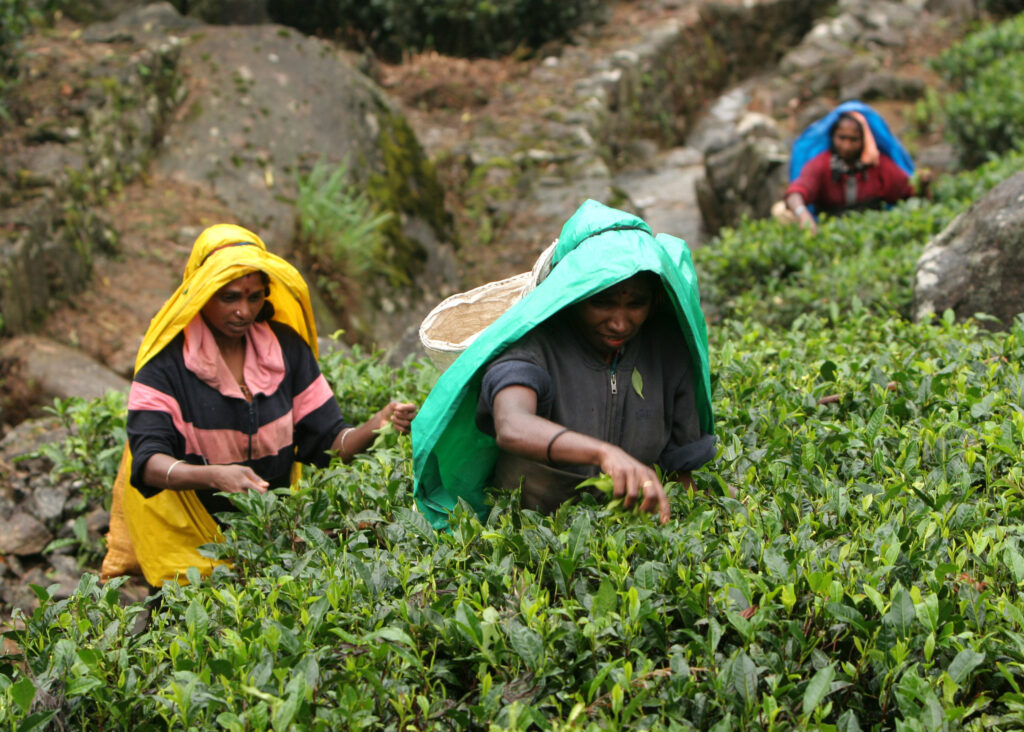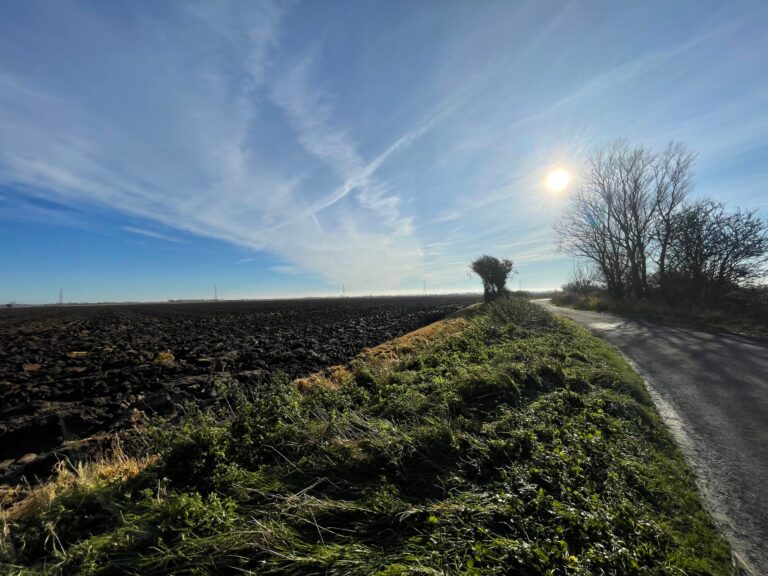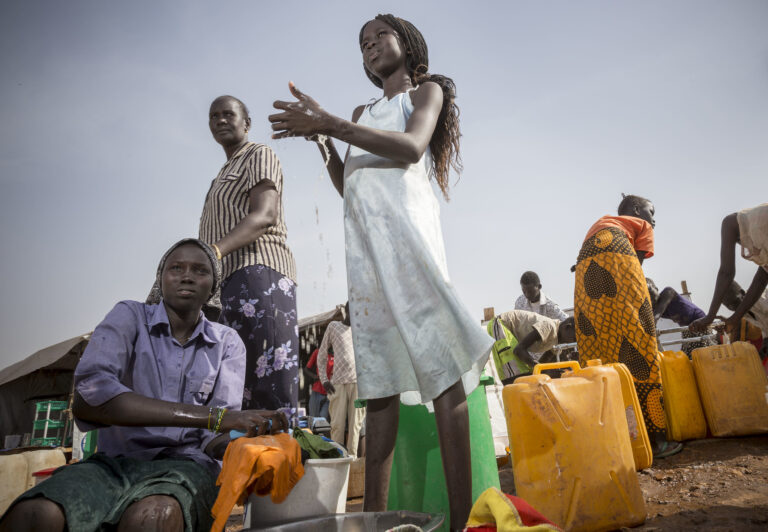Researchers in Ireland have developed an artificial intelligence (AI) model designed to optimise crop yields for the tea in your breakfast mug.
Their research — published last month — was built on data around Sri Lankan Ceylon tea. Sri Lanka is one of the world’s largest tea producers and its tea is used in many English Breakfast and Earl Grey blends.
But the crop has been impacted by climate events.
Lead researcher, Upaka Rathnayake, Professor of Civil Engineering at Atlantic Technological University in Sligo, started off looking at ways to mitigate the impact of climate change on rice using AI.
He decided to apply the approach to tea crops, allowing for more detailed predictions that are easier to explain and understand. The model analyses factors like soil quality, and weather conditions including humidity, atmospheric temperature, and rainfall — factors which affect tea harvests.
Optimal tea growing areas are at risk of shrinking by up to 55 percent by 2050, according to the UN’s Food and Agriculture Organization. These areas, many of which are in East Africa and India, have specific climate factors which make them suitable for growing tea. This includes humidity levels of at least 70 per cent and an even distribution of rainfall throughout the year.
Roshana Gammamplia, Managing Director of Devagiri Teas, a UK-based tea brand which sources from the Devagiri region of Sri Lanka, said that climate change causes a “lack of predictability” with growing tea.
“In [previous generations], they were doing things like planting in May because it never rains in May … excessive rain will mean that the yield from the crop is very low,” she explained. “Now, you just don’t have that certainty.”
The AI model could help understand which factors are causing the most impact and aid research on developing more climate-resilient tea crops. It can also be applied to other crops.
“When we published this research work, a couple of researchers from Ethiopia reached [out to] us and asked whether we can do the modeling on coffee beans. We said yes, because the model is there,”said Rathnayake.
The challenge, however, is obtaining crop-specific and region-appropriate data, he added.




